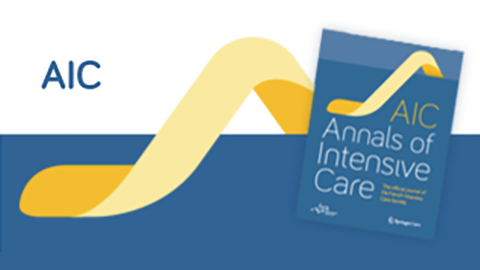11/09/2019


Source
Abstract
Background
High-flow nasal oxygen therapy (HFOT) is a promising first-line therapy for acute respiratory failure. However, its weaning has never been investigated and could lead to unnecessary prolonged intensive-care unit (ICU) stay. The aim of this study is to assess predictors of successful separation from HFOT in critically ill patients. We performed a retrospective monocenter observational study over a 2-year period including all patients treated with HFOT for acute respiratory failure in the ICU. Those who died or were intubated without prior HFOT separation attempt, who were treated with non-invasive ventilation at the time of HFOT separation, or who received HFOT as a preventive treatment during the post-extubation period were excludedResults
From the 190 patients analyzed, 168 (88%) were successfully separated from HFOT at the first attempt. Patients who failed separation from HFOT at the first attempt had longer ICU length of stay than those who succeeded: 10 days (7–12) vs. 5 (4–8), p < 0.0001. Fraction of inspired oxygen (FiO_2) ≤ 40% and a respiratory rate-oxygenation (ROX) index (calculated as the ratio of SpO_2/FiO_2 to the respiratory rate) ≥ 9.2 predicted successful separation from HFOT with sensitivity of 85% and 84%, respectivelyConclusions
FiO_2 ≤ 40% and ROX index ≥ 9.2 were two predictors of successful separation from HFOT at the bedside. Prospective multicenter studies are needed to confirm these results.Liens article
©2019 The Author(s)